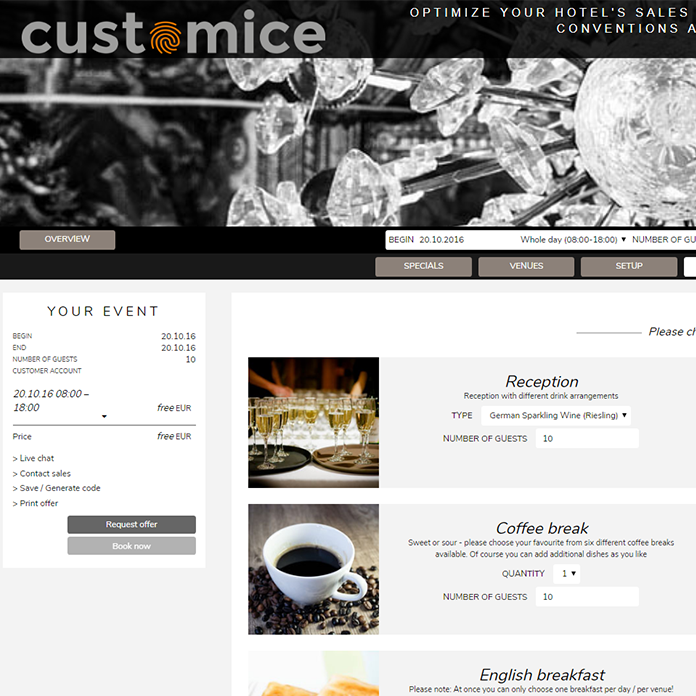Audits are techniques and approaches used to evaluate and assess the accuracy, completeness, and reliability of information and systems. Audits are an important part of maintaining the integrity and record-keeping requirements of software systems and processes, and are often mandated by law or regulatory standards.
Common frameworks and technologies related to auditing include:
Audit Standards: These are the principles and guidelines that auditors apply when conducting their audits. They provide a framework for evaluating an organization’s quality, internal controls, and other processes and information.
Audit software: These are tools that help auditors automate and streamline their audit processes. Audit software can be used for tasks such as auditing transactions, analyzing data, and generating reports.
Audit frameworks: These are frameworks that provide a structured approach to conducting audits. They typically include a set of principles, processes, and tools that auditors can use to plan, conduct, and report their audits.
Audit tools: These are tools that auditors use to collect and analyze data during an audit. Audit tools include both software tools for data analysis and manual tools such as checklists and templates. Examples of audit tools include spreadsheets, data visualization software, and risk assessment frameworks.
Overall, these frameworks and technologies provide the tools and infrastructure needed to conduct effective and efficient audits.
BITS experts have used audits as well as related procedures in a variety of projects. A selection of case studies and references can be found below.
“We are happy to support you with your digital challenges and look forward to hearing from you without obligation.”
Marc Schallehn, Managing Director BITS GmbH

Gerne unterstützen wir Sie bei Ihren IT Projekten. Ich freue mich über Ihre Kontaktaufnahme.
Selection of case studies and references
Advice on IT strategy
Advice on IT strategy Flexible, innovative and sustainable - IT strategy consulting from BITS In today's rapidly evolving digital world, a solid IT strategy is essential to remain competitive in the long term. [...]
Development of SEO optimized PWAs
Portal applications are implemented by us as high-performance, SEO optimized Progressive Web Applications (PWA) with ServiceWorker integration and Server Side Rendering (SSR) from a Universal Server. PWA is the state-of-the-art standard for modern, device-independent web applications that can be permanently installed on the client and have the same user experience as device-specific native applications.



